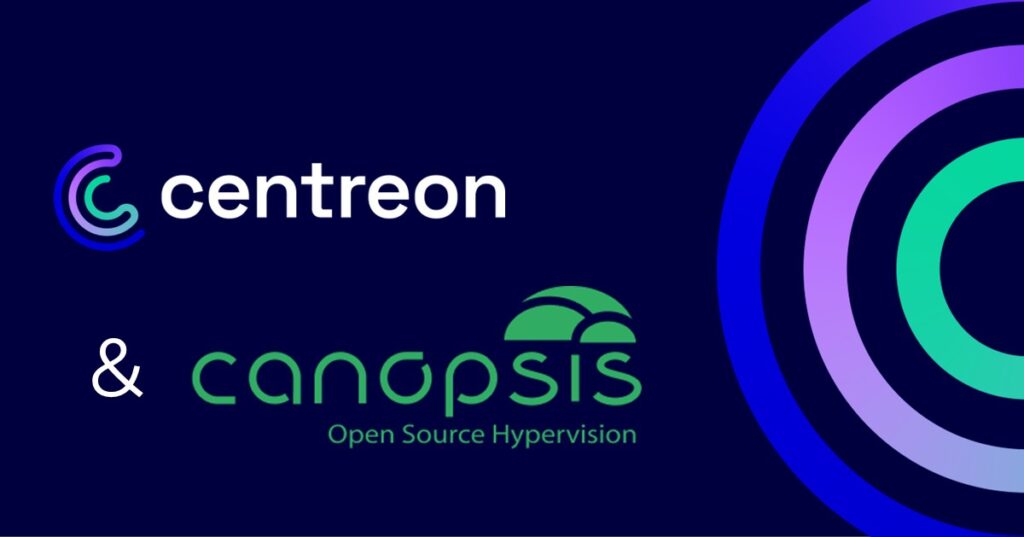This is part of a blog series on enabling business observability. It’s a common shortcut to think that observability is a capacity you add to your system, while to be more exact, it’s a capacity that evolves over time. Therefore, business observability can be first thought-out and planned as an enablement strategy. The first amendment of a successful observability strategy is to make it easy for teams to integrate their existing services into the observability platform. This blog post looks at the cardinal points of an observability strategy and how to enable it.
What is an observability strategy?
A good observability strategy is built around the business goals for the IT system. It deploys the means for collecting and using data from across a distributed system to find out minute by minute, if those business goals are being met, and for IT and business stakeholders to collaborate in remediating the situation if they’re not. An observability strategy also implies constantly monitoring and improving the system so it can support evolving business performance needs while using resources optimally.
A culture of observability for improved competitiveness
Your observability strategy can evolve into a full-fledged culture of observability in your organization, building teams’ curiosity to collaborate based on a common, intimate understanding of the workings of the digital business’s systems. Such a culture can lead to increased competitiveness for the business as performance is constantly streamlined.
The cardinal points of an observability strategy
- Defining what matters to the business.
- Making key systems visible despite the complexity.
- Tuning out the noise to focus on what impacts experience and performance.
- Constantly learning from the behavior of the system using AI and ML.
Let’s take a closer look at those cardinal points.
1. Defining what matters to the business
Uncover the key business capabilities for creating value and competitiveness, understand the priorities and needs, and focus on those key systems, services and capabilities that underpin business performance. Business-aware ITOps monitoring is an enabler of business observability.
2. Making key systems visible despite the complexity
Making your systems observable requires “cooperation” between tools as much as between teams. It’s a one-two punch: you need data from a diversity of sources, and at the same time, you need to be able to consolidate and correlate that data to make the system observable in real time. Think network data, virtual servers, cloud services, containers, third-party services, middleware, customer experience analytics, and the list goes on… Building an observability platform thus requires tools that can interconnect, exchange and work with the same set of data. See for example the interconnection of Centreon and Splunk—tools that work hand in hand in real time as different but complementary layers of the observability platform.
3. Tuning out the noise to focus on what impacts experience and performance
Making the system observable entails discriminating between leveraging traces and logs, and “listening” to those data sources individually. In other words, these individual data points are to be read as the contours of the system’s behavior—to determine if it is behaving as would expect business stakeholders and ultimately, final users. Understanding behavior makes it easy to drill down to the underlying issue, that can be purely technical. Observability entails the ability to pinpoint what the system needs and when it needs it, to perform optimally. These insights are useful beyond the realm of I&O. DevOps and SRE are becoming prime users of data initially collected by ITOps teams, using a shared platform that contributes to making the business observable.
4. Constantly learning from the behavior of the system applying AI and ML to augment human capabilities
Leverage artificial intelligence and machine learning to help teams learn from the behavior of the system and move beyond the limits of human-generated thresholds. Develop awareness on how the state of services impact business key performance indicators (KPIs) and customers’ digital experience. This helps chasing the right rabbits: Abnormal patterns do not necessarily translate into degradation of service and all green dashboards can hide red-irate users (the proverbial watermelon syndrome). Using previous system behavior as pegs to determine criticality of an issue helps teams prioritize interventions, concentrating on ensuring optimal performance where it’s most needed.
The typical hurdle: From a culture of siloes to a culture of observability
Building an observability strategy is relatively easy, implementing it is an entirely different story. Especially given the fact that it involves changing a culture of “siloes.” Everyone has their expertise and their way of working. Enabling observability means, de facto, adopting common standards and practices. This is where using a modular approach to building an observability platform can be most worthwhile, choosing tools that can interconnect, share data, and reduce unnecessary noise. It might not be necessary to let go of favorite tools or start from scratch with unfamiliar solutions.
Benefits of a strategy enabling business observability
Observability is about making the system more “intelligent” through constantly learning from its behavior.
- Speeds up diagnosing root causes of performance-impacting issues.
- Creates a pool of “knowledge” that can be interrogated at will -like you would a database, to better understand and plan around the system.
- Improves costs and more competitiveness for the business—both from optimally managing user experience and infrastructure costs.
- More team efficiency, from unified work methods across teams, that makes everyone read and understand the system in the same way, from the same data.
“Through our partnership with Centreon and usage of Centreon Business Edition, we refocused the monitoring of a complex server environment on business-centered KPIs. Supported by advanced service mapping, analytics, and reporting capabilities, we’ve developed a connected and immersive monitoring platform. We no longer juggle multiple tools, which was slowing our system engineers. Our team is now equipped to provide added value through constant optimization and more efficient work processes, consistently generating savings through better resource allocation.” – Martin Wolfger – CEO, Solutionbox Informationstechnologie GmbH.
“In 90% of organizations, expectations are that IT teams share business-oriented KPIs, and overall, we see businesses transitioning towards a culture of observability,” explains Marc-Antoine Hostier, Chief Revenue Officer at Centreon. “This is generating demand for our solutions, which enable that observability,” he concludes.
Why not ask us how we help enable business observability through cloud-to-edge, business-aware monitoring that’s AIOps ready and easy to connect to other advanced tools in your observability stack?
Takeaways
- Observability is an exciting concept, but its real purpose should not be lost: Gaining constant awareness of the business through a deep understanding of the workings of its digital systems, supporting constant optimization and business competitiveness.
- ITOps monitoring that collects accurate and current data from the full-enterprise stack, that provides visibility on the business context, and that interconnects with other IT tools, from business intelligence to DevOps, is an essential part of an observability strategy.
- The key benefits of observability:
- Better planning and development
- More proactivity in solving technical and business issues
- Better understanding of the IT system
- Improved uptime and performance
Ask us how we can help you get a head start on your observability strategy today.















